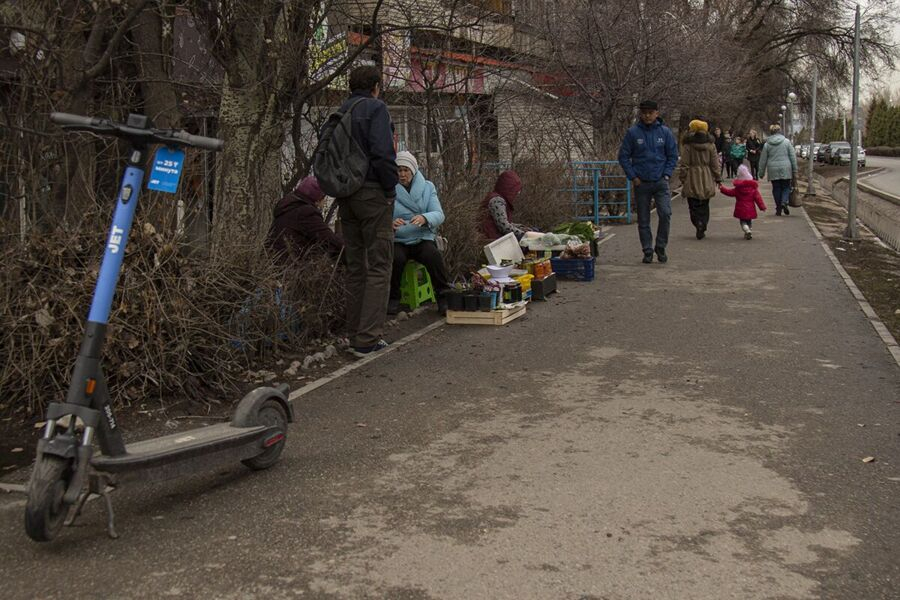We are always outraged when Kazakhstan is likened or compared to “third-world countries.” While this may feel unjustified, we, the denizens of the largest cities, fail to notice how we help reproduce the partition of society within our country.
A number of specialized programs for the development of regions in Kazakhstan have become the foundation of this subdivision into three worlds. The first, “cities of republican significance”, Almaty, Astana, and Shymkent. The second, regional capitals and several other small cities. The third, monotowns and rural clusters.
In today’s Kazakhstan, the second and third world exist for the benefit of the first.
Peripheral regions are not planned for a thriving, fulfilling life, where people can realize their goals (not only in material terms). At best, their purpose is to be a playground for the extraction of capital, which is then withdrawn to local and offshore accounts owned by oligarchs and the ruling class. At worst, these areas wither away due to the lack of economic prospects.
Therefore, regional development programs only aim to improve infrastructure, medical facilities, or schools insofar as these are economically feasible, or because they facilitate the transition of the younger generation into the urban labor market.
In the regions, workplaces are designed to help pump out rent from local industries and natural resource basins. Those who do not fit into rent extraction chains are encouraged to become entrepreneurs, with minimal chances of success. Some look for informal ways of earning money, sometimes by organizing and facilitating large-scale events (known in Kazakh as “toi”).
The fact that large companies operating in the regions have their headquarters in Almaty or Astana also means that regional governments are not the beneficiaries of their tax contributions.
The elites owning these companies then buy houses, apartments and office buildings in large cities, sometimes artificially inflating their prices.
Such periods of real estate speculation are followed by crises, which hit the well-being of all Kazakhstanis. In these circumstances, falling incomes and job losses lead residents of the periphery to relocate into the outskirts of larger cities, working for peanuts. There is simply no other future for them.
While the system is clearly discriminatory, the less privileged residents of the “first world” in Kazakhstan are still unwilling to challenge it. After all, they too are the beneficiaries of cheap labor and growing real estate prices.
It is not surprising that the protests in January 2022 sparked out of the periphery. This was one of the first signs of their dissatisfaction with the partition of the country into three worlds.
On February 2, Vlast launched the project “Regions of Kazakhstan” which showcases the regions of the country through analytical pieces, people’s stories, reportages, and detailed information about the social-economic conditions in each region.
Поддержите журналистику, которой доверяют.








